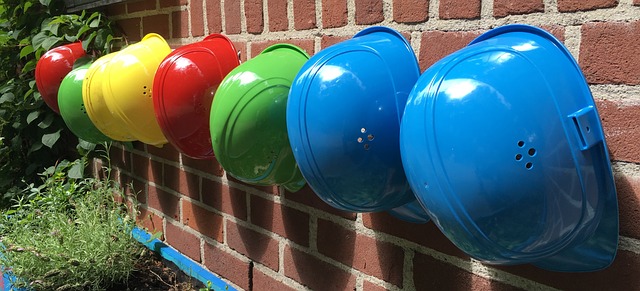
Flashlights for construction workers are essential tools that significantly enhance safety and productivity on job sites. They provide necessary illumination to prevent accidents, especially during night shifts or in low-light conditions, by enabling workers to clearly see potential hazards. High-quality construction flashlights feature robust designs with high lumen outputs, long battery lives, and versatile lighting settings, including spotlights for distant objects and floodlights for close tasks. These flashlights are built to withstand harsh construction environments, being made from resilient materials like aircraft-grade aluminum or rubber-armored bodies, and are equipped with features such as ergonomic grips to minimize fatigue during prolonged use. They must comply with safety standards and be used correctly through proper training, which covers selecting the right flashlight for the task and managing its use within the context of overall site safety protocols. Advanced models offer daylight-equivalent brightness, reducing nighttime accidents and injuries by improving visibility. The integration of these lighting solutions into construction sites has been proven to create a safer working environment, thereby contributing to a reduction in work-related incidents among construction workers. In summary, flashlights for construction workers are indispensable for ensuring safety and efficiency throughout all stages of construction projects.
Constructing safe and efficient work environments is a cornerstone of the construction industry. Adequate lighting, particularly with flashlights for construction workers, plays a pivotal role in this endeavor. This article sheds light on the critical importance of proper illumination during construction phases, detailing its impact on safety and productivity. We’ll explore the essential features to look for in a reliable flashlight tailored for construction use, outlin strategies for optimizing lighting with these tools, and emphasize best practices for their application. Furthermore, we examine training protocols that educate workers on safe flashlight operations, bolstering overall site safety. Through case studies highlighting the prevention of accidents through bright light provision, this article underscores the vital role flashlights for construction workers serve in safeguarding lives and ensuring project success.
- Understanding the Importance of Proper Illumination on Construction Sites
- The Role of Flashlights for Construction Workers in Ensuring Safety
- Key Features to Look for in a Quality Flashlight for Construction Use
- Strategies for Effective Lighting with Flashlights During Different Construction Phases
- Best Practices for Using Flashlights on Construction Sites
- Training and Protocols: Educating Workers on Safe Flashlight Use
- Case Studies: How Bright Lighting Has Prevented Accidents on Construction Sites
Understanding the Importance of Proper Illumination on Construction Sites
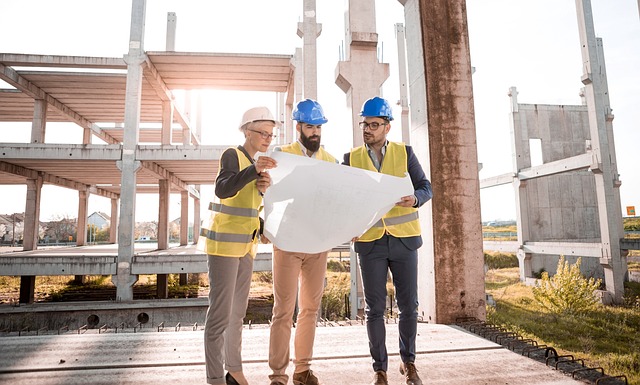
Ensuring adequate lighting on construction sites is paramount for both safety and productivity. Proper illumination allows workers to see potential hazards, such as uneven surfaces or tools left unattended, thereby preventing accidents and injuries. Flashlights for construction workers serve as a critical tool in this regard, providing immediate and directed light exactly where it’s needed. These flashlights are designed to be durable and reliable, with features like high lumen output and long battery life to meet the demands of various working conditions. Moreover, they come in hands-free models or can be mounted on helmets, freeing up workers’ hands to perform their tasks safely and efficiently. Adequate lighting not only enhances visibility but also contributes to a safer work environment by reducing the risk of occupational accidents, which is why flashlights are an indispensable part of a construction worker’s safety gear. It’s essential that construction sites have a comprehensive lighting strategy that includes both fixed site lighting and personal lighting solutions like flashlights, ensuring that every area and task can be performed with optimal visibility.
The Role of Flashlights for Construction Workers in Ensuring Safety
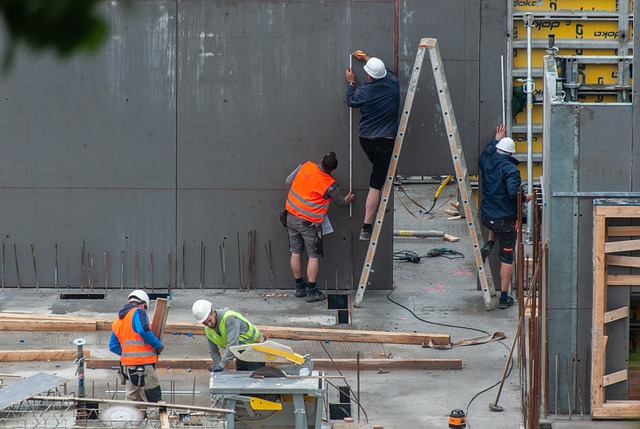
Flashlights for construction workers play a pivotal role in ensuring safety on job sites, particularly during nighttime operations or in areas with insufficient lighting. These tools are not merely for illumination; they serve as a critical visual aid that enhances visibility for tasks ranging from reading schematics to identifying hazards in low-light conditions. The bright beams provided by high-quality flashlights can reveal potential dangers such as uneven terrain, construction debris, or exposed electrical wiring that could otherwise remain unnoticed, thus preventing accidents and injuries. Additionally, flashlights are instrumental during power outages or equipment failures where temporary lighting becomes necessary to continue work without compromising safety standards. Selecting flashlights for construction workers involves considering factors such as lumen output, battery life, durability, and the presence of various lighting modes to adapt to different environments and tasks. Proper utilization of flashlights ensures that construction sites remain safe, efficient, and productive, even in challenging conditions. It is imperative that employers provide their workforce with reliable, high-quality flashlights designed specifically for construction applications, as this investment directly contributes to a safer working environment.
Key Features to Look for in a Quality Flashlight for Construction Use

When selecting a flashlight for construction workers, durability and reliability are paramount due to the demanding conditions on a construction site. A quality flashlight for construction use should be robustly built with materials like aircraft-grade aluminum or high-impact plastic to withstand drops from significant heights and resist impacts without breaking under pressure. It’s crucial that the flashlight is water-resistant, preferably to a level of IPX7 or higher, ensuring it can operate even after being submerged in water. Additionally, a high-intensity beam with multiple settings—including a focused spot for distant objects and a wider floodlight for nearby tasks—will enhance visibility in various environments, from dark interiors to outdoor areas at dusk.
Safety features such as a safety lockout mechanism to prevent accidental activation and a reverse polarity protection to safeguard against incorrect battery insertion are essential. The flashlight should also feature a user-replaceable battery compartment, allowing workers to quickly swap out power sources without the need for specialized tools. Further, a long-lasting rechargeable battery with an energy-efficient design will ensure that the flashlight remains operational throughout long shifts. Lastly, a flashlight designed with a ergonomic grip and a balanced design will reduce user fatigue during prolonged use, making it a reliable companion for construction workers operating in low-light conditions.
Strategies for Effective Lighting with Flashlights During Different Construction Phases
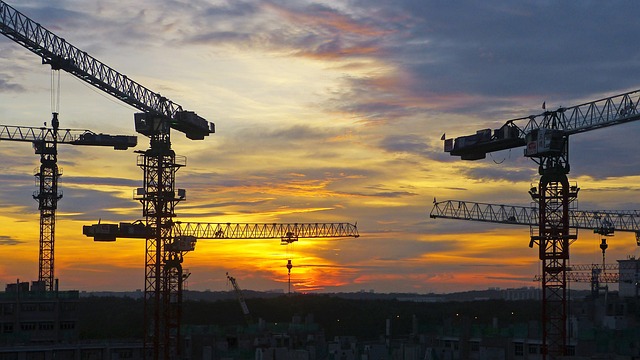
flashlights for construction workers play a critical role in ensuring safety and efficiency across various phases of construction projects. During the initial stages, when foundational work is underway, adequate lighting is essential to prevent trips and falls, and to ensure that workers can accurately read blueprints and plans. High-intensity flashlights equipped with long-lasting batteries or rechargeable power sources are ideal for these conditions where consistent illumination is necessary. As the project progresses to framing and structural work, the dynamics of lighting requirements change. Here, flashlights serve as task lighting, focusing on specific areas where detailed work is being performed. It’s crucial that these flashlights are durable and have a focused beam to minimize shadows and glare. Furthermore, LED technology in flashlights offers energy efficiency and longevity, which is particularly beneficial in environments where power tools generate dust and debris that could compromise traditional lighting sources. In all phases, construction workers should be equipped with flashlights that meet the highest safety standards and are suitable for the specific tasks at hand, ensuring a well-lit and safe work environment.
Best Practices for Using Flashlights on Construction Sites
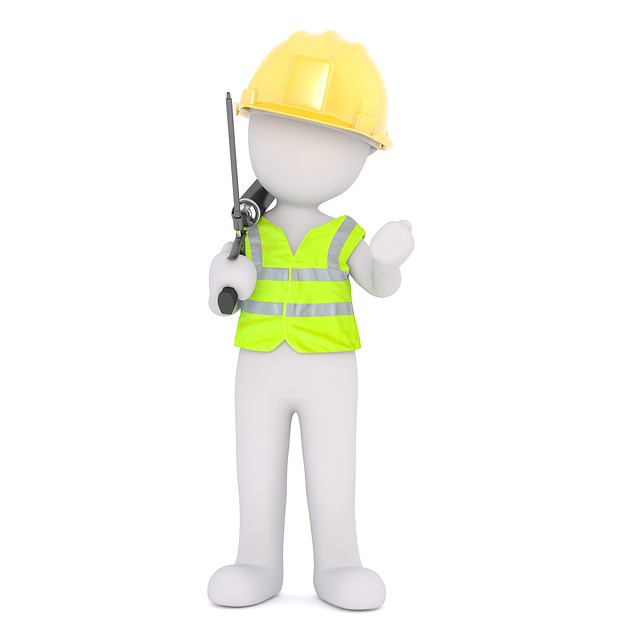
Construction sites are inherently risky environments where visibility is often compromised, especially during night shifts or in areas with insufficient lighting. To ensure the safety and efficiency of construction workers, flashlights for construction workers play a pivotal role. Employers should implement best practices for their use to prevent accidents and improve work conditions.
Firstly, it’s crucial to select the appropriate type of flashlight that suits the tasks at hand. High-quality flashlights with durable batteries are preferable as they provide reliable illumination for extended periods. Workers should be trained on how to handle these devices properly, including turning them on and off without removing their gloves, which is a common challenge on construction sites. Additionally, each worker should be equipped with a flashlight that meets the necessary lighting requirements for their specific job. For instance, tasks requiring fine motor skills might necessitate a hands-free solution like a headlamp or a wearable flashlight to keep both hands free from obstruction.
Safety protocols must also include regular maintenance checks of flashlights to ensure they are in good working order. This includes checking battery levels before the start of each shift, cleaning lenses to remove dust and grime that could hinder visibility, and inspecting for any signs of wear or damage that could lead to failure at critical moments. Regular drills on emergency procedures with flashlights should be conducted to familiarize workers with their use during unexpected situations. By adhering to these best practices, construction sites can greatly enhance the safety and productivity of their workforce, making flashlights for construction workers an indispensable tool in the industry’s safety arsenal.
Training and Protocols: Educating Workers on Safe Flashlight Use
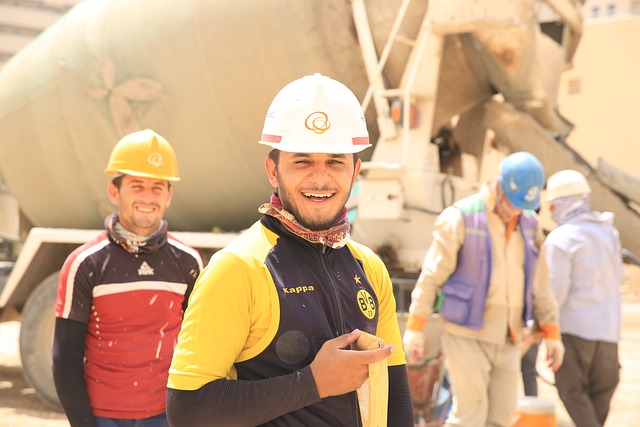
Flashlights are indispensable tools for construction workers, providing necessary illumination in low-light conditions, especially during night shifts or in poorly lit areas. To ensure the safety of these workers, it is imperative to implement comprehensive training and establish robust protocols for the use of flashlights on construction sites. Training programs should be tailored to educate workers on the correct techniques for handling and using flashlights, emphasizing the importance of directing the beam away from eyes to prevent injury to themselves and colleagues. Additionally, these sessions should cover the selection of appropriate flashlight types based on job requirements, environmental conditions, and task complexity. For instance, high-intensity beam flashlights are best suited for long-range visibility, while diffused or red-lensed flashlights are ideal for close-up tasks to preserve night vision and minimize glare.
Furthermore, protocols must be established to govern the use of flashlights during various construction activities. This includes designing work areas that maximize lighting conditions and minimizing shadows, as well as setting clear guidelines on when and how flashlights should be used. Regular drills and safety meetings can reinforce these protocols, ensuring that all workers are vigilant about maintaining a safe work environment. By combining effective training with stringent safety protocols, construction sites can significantly reduce the risk of accidents related to poor lighting or improper use of flashlights, thereby safeguarding the well-being of every worker on site. Flashlights for construction workers, when used correctly and as part of a comprehensive safety plan, are a vital component in preventing work-related incidents and ensuring a safe working environment.
Case Studies: How Bright Lighting Has Prevented Accidents on Construction Sites
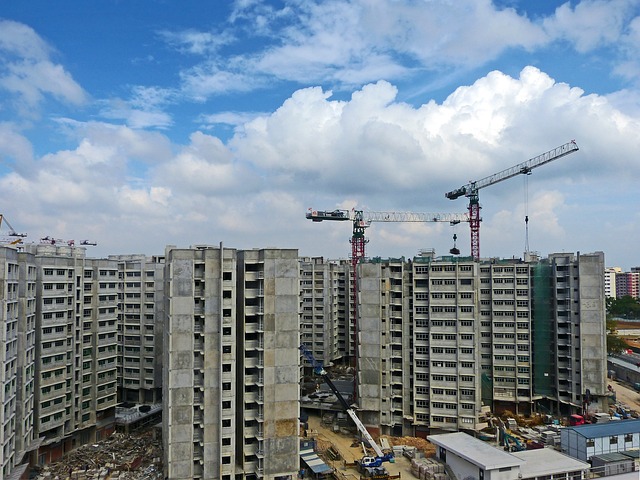
Recent advancements in bright lighting solutions have significantly enhanced construction site safety, with case studies illustrating their impactful role in preventing accidents. For instance, a large-scale construction project experienced a marked reduction in nighttime trips and falls after adopting high-intensity flashlights for construction workers. These lights provided illumination equivalent to daylight, ensuring that workers could clearly see their surroundings even during the darkest hours. Another case involved an incident where a worker was at risk of injuring themselves on unmarked machinery. The bright lighting not only highlighted the equipment’s location but also the safety markings, thus averting the potential accident. These examples underscore the effectiveness of flashlights for construction workers in creating safer working conditions and reducing the likelihood of work-related injuries, thereby fostering a more secure environment for all personnel on-site.
In conclusion, ensuring the safety of construction sites is paramount, and proper illumination plays a critical role in this endeavor. Flashlights for construction workers are not merely tools for navigating dark spaces but are integral to safeguarding life and limb on the job. Selecting flashlights with robust construction, high luminosity, and long battery life tailored to the specific demands of each phase of construction work is essential. By implementing effective lighting strategies and adhering to best practices in their use, workers can significantly reduce the risk of accidents. Comprehensive training and protocols for safe flashlight use further underscore the commitment to a safer worksite. The case studies highlighted in this article illustrate the tangible benefits of employing bright light sources, reinforcing the importance of this investment in safety for all construction professionals. It is clear that flashlights for construction workers are indispensable tools that enhance visibility and contribute to the overall well-being and productivity within the industry.







